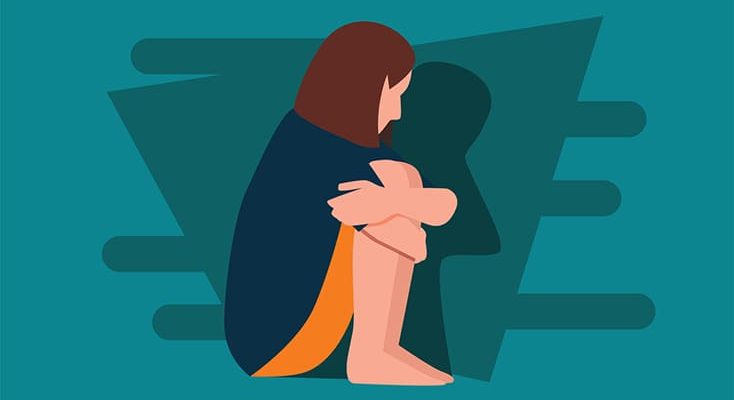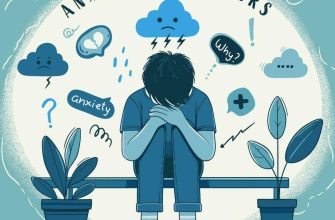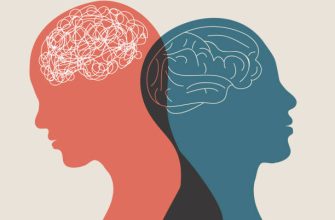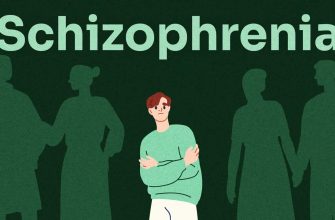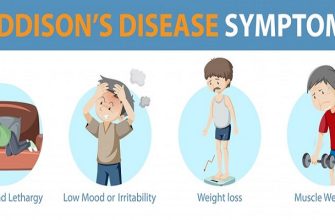Post-Traumatic Stress Disorder (PTSD) is a mental health condition that can develop after experiencing or witnessing a traumatic event. It is characterized by intense, disturbing thoughts and feelings related to the trauma that persist long after the event has ended. PTSD can significantly impact a person’s daily functioning, relationships, and overall quality of life.
What is PTSD?
PTSD is a psychiatric disorder that occurs in individuals who have experienced or witnessed a traumatic event, such as war, natural disasters, serious accidents, terrorist acts, rape, or other violent personal assaults. The condition involves a range of symptoms, including intrusive memories, avoidance behaviors, negative changes in thinking and mood, and heightened arousal.
Etiology (Causes)
- Traumatic Events:
- Direct exposure to or witnessing of life-threatening events.
- Repeated or extreme exposure to aversive details of traumatic events (e.g., first responders, military personnel).
- Biological Factors:
- Neurochemical imbalances: Dysregulation of stress hormones like cortisol and neurotransmitters like serotonin and norepinephrine.
- Brain structure and function: Abnormalities in the amygdala (fear center), hippocampus (memory processing), and prefrontal cortex (decision-making and regulation of emotions).
- Genetic predisposition: Family history of anxiety or mood disorders may increase susceptibility.
- Psychological Factors:
- Pre-existing mental health conditions, such as anxiety or depression.
- Lack of coping skills or social support.
- Childhood trauma or adverse experiences.
- Environmental Factors:
- Ongoing stress or exposure to additional trauma.
- Lack of access to mental health care or support systems.
Types of PTSD
- Acute PTSD:
- Symptoms last for less than three months.
- Chronic PTSD:
- Symptoms persist for three months or longer.
- Delayed-Onset PTSD:
- Symptoms appear months or even years after the traumatic event.
- Complex PTSD:
- Occurs in response to prolonged or repeated trauma (e.g., childhood abuse, domestic violence).
- Involves additional symptoms, such as difficulty regulating emotions, distorted self-perception, and relationship problems.
Symptoms
- Intrusive Symptoms:
- Recurrent, involuntary, and distressing memories of the traumatic event.
- Flashbacks (feeling as if the trauma is happening again).
- Nightmares related to the trauma.
- Intense psychological or physical distress when reminded of the event.
- Avoidance Symptoms:
- Avoiding thoughts, feelings, or conversations related to the trauma.
- Avoiding places, activities, or people that trigger memories of the trauma.
- Negative Changes in Thinking and Mood:
- Inability to remember important aspects of the trauma.
- Persistent negative beliefs about oneself or the world (e.g., “I am bad,” “The world is dangerous”).
- Distorted blame of oneself or others for the trauma.
- Persistent negative emotions (e.g., fear, anger, guilt, shame).
- Loss of interest in previously enjoyed activities.
- Feelings of detachment or estrangement from others.
- Arousal and Reactivity Symptoms:
- Irritability or angry outbursts.
- Reckless or self-destructive behavior.
- Hypervigilance (being overly alert or on guard).
- Exaggerated startle response.
- Difficulty concentrating or sleeping.
Diagnosis
Diagnosis is based on clinical evaluation and specific criteria outlined in the Diagnostic and Statistical Manual of Mental Disorders (DSM-5):
- Exposure to a traumatic event.
- Presence of intrusive, avoidance, negative mood, and arousal symptoms for more than one month.
- Significant distress or impairment in social, occupational, or other areas of functioning.
- Symptoms are not due to medication, substance use, or another medical condition.
Diagnostic tools may include:
- Psychological assessments or questionnaires (e.g., PTSD Checklist for DSM-5).
- Medical history and physical exams to rule out other causes.
Treatment
- Psychotherapy:
- Cognitive Behavioral Therapy (CBT): Focuses on changing negative thought patterns and behaviors related to the trauma.
- Prolonged Exposure Therapy: Gradual exposure to trauma-related memories and situations to reduce avoidance.
- Eye Movement Desensitization and Reprocessing (EMDR): Uses guided eye movements to process and reframe traumatic memories.
- Cognitive Processing Therapy (CPT): Helps challenge and modify unhelpful beliefs about the trauma.
- Medication:
- Antidepressants: Selective serotonin reuptake inhibitors (SSRIs) like sertraline (Zoloft) and paroxetine (Paxil) are commonly prescribed.
- Anti-anxiety medications: For short-term relief of severe anxiety.
- Prazosin: Used to reduce nightmares and improve sleep.
- Lifestyle Changes:
- Regular exercise to reduce stress and improve mood.
- Mindfulness, meditation, or relaxation techniques.
- Healthy sleep habits and balanced nutrition.
- Avoiding alcohol and recreational drugs.
- Support Groups:
- Peer support can provide encouragement and reduce feelings of isolation.
Social Assistance
- Family and Friends:
- Educate themselves about PTSD to provide understanding and nonjudgmental support.
- Encourage treatment and help create a safe, supportive environment.
- Support Groups:
- Organizations like the National Center for PTSD or Wounded Warrior Project offer resources and peer support groups.
- Workplace Accommodations:
- Flexible schedules or remote work options.
- Open communication with employers about the condition.
- Online Resources:
- Websites, forums, and helplines provide information and support for individuals and families.
- Crisis Support:
- Access to crisis hotlines (e.g., 988 Suicide & Crisis Lifeline in the U.S.) for immediate help during severe episodes.
